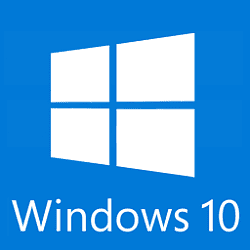Dellson
Member
- Local time
- 1:17 AM
- Posts
- 9
- OS
- Windows 11
Hello everyone, this is my first post on this forum.
l accidentally deleted Microsoft Update Health Tools version 5.72.0.0 about a week ago. I attempted to download it from the official site Download Update Health Tools from Official Microsoft Download Center ,but the msi. couldn't install, and it turned out to be an older version (specifically, version 5.69.0.0 not 5.72.0.0).
I'd like to know if removing this tool will affect updates on my Win11 23H2 build. Also, how can I reinstall the latest version of Microsoft Update Health Tools on my computer?
Can I smoothly update my device without Microsoft Update Health Tools?
Should I just need to wait for KB4023057 with this tool show up in my windows update again?
I need some experiences ,advice and solutions of this condition.
My system work normally now.
System: Win11 23H2 22631.2861
Thanks
l accidentally deleted Microsoft Update Health Tools version 5.72.0.0 about a week ago. I attempted to download it from the official site Download Update Health Tools from Official Microsoft Download Center ,but the msi. couldn't install, and it turned out to be an older version (specifically, version 5.69.0.0 not 5.72.0.0).
I'd like to know if removing this tool will affect updates on my Win11 23H2 build. Also, how can I reinstall the latest version of Microsoft Update Health Tools on my computer?
Can I smoothly update my device without Microsoft Update Health Tools?
Should I just need to wait for KB4023057 with this tool show up in my windows update again?
I need some experiences ,advice and solutions of this condition.
My system work normally now.
System: Win11 23H2 22631.2861
Thanks
- Windows Build/Version
- Windows 23H2 22631.2861
My Computer
System One
-
- OS
- Windows 11
- Computer type
- PC/Desktop
- Manufacturer/Model
- Asus
- CPU
- i5 13500
- Motherboard
- B760M
- Memory
- 32GB ddr4 3200
- Graphics Card(s)
- 3060ti
- Hard Drives
- samsung 980 pro
- Antivirus
- windows defender


















